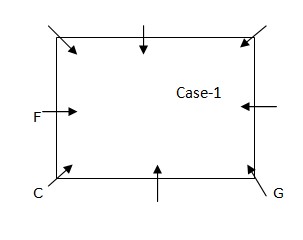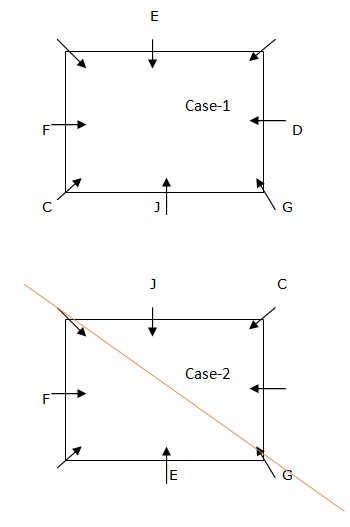Question
What is the position of E with respect to F?
Study the following information carefully and answer the below questions Eight persons- C, D, E, F, G, H, I and J are sitting around the square table facing the centre. Four of them sit in the corner and four of them sit in the middle of the sides of the table, but not necessarily in the same order. F sits third to the left of G. One person sits between G and C who sits at the corner of the table. E and J sit opposite to each other. E is not an immediate neighbour of C.D sits second to the left of E.I sits second to the right of H.Solution
We have, F sits third to the left of G. One person sits between G and C who sits at the corner of the table. From the above condition, there are two possibilities. 

A star schema in a data warehouse consists of:
Which of the following stores historical data for analysis?
Which of the following best describes the primary function of a database index?
ETL stands for:
Which of the following is NOT a characteristic of OLAP systems?
Which of the following best defines the concept of the "Internet of Things" (IoT)?
Which schema uses multiple fact tables sharing dimension tables?
Which of the following is NOT a common OLAP operation?
Which OLAP operation rotates the data axes to provide an alternative presentation?
What is the primary function of ETL in a data warehouse environment?
Relevant for Exams:


